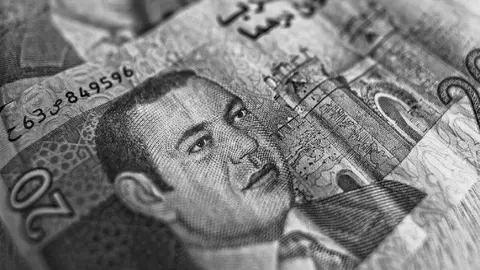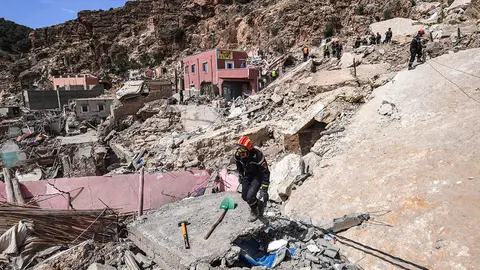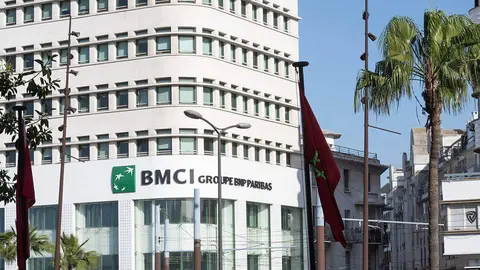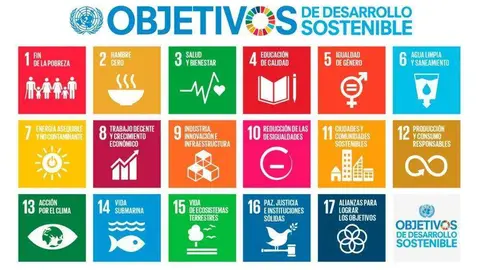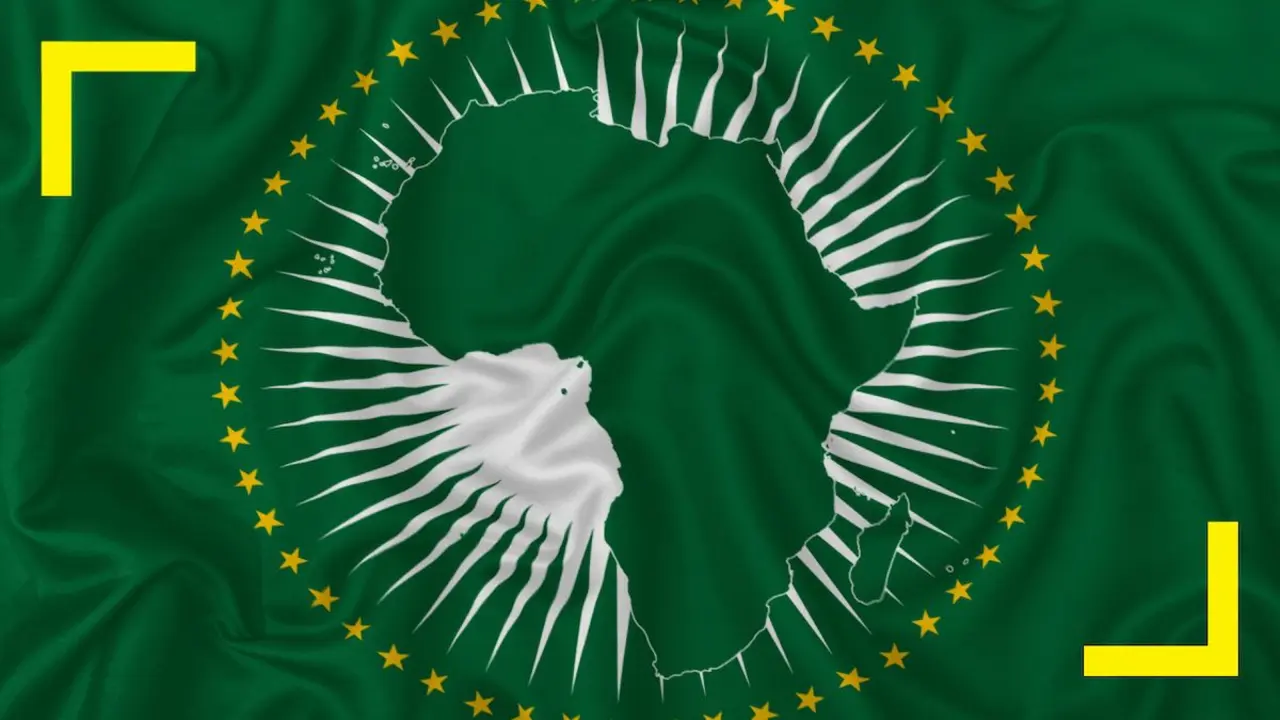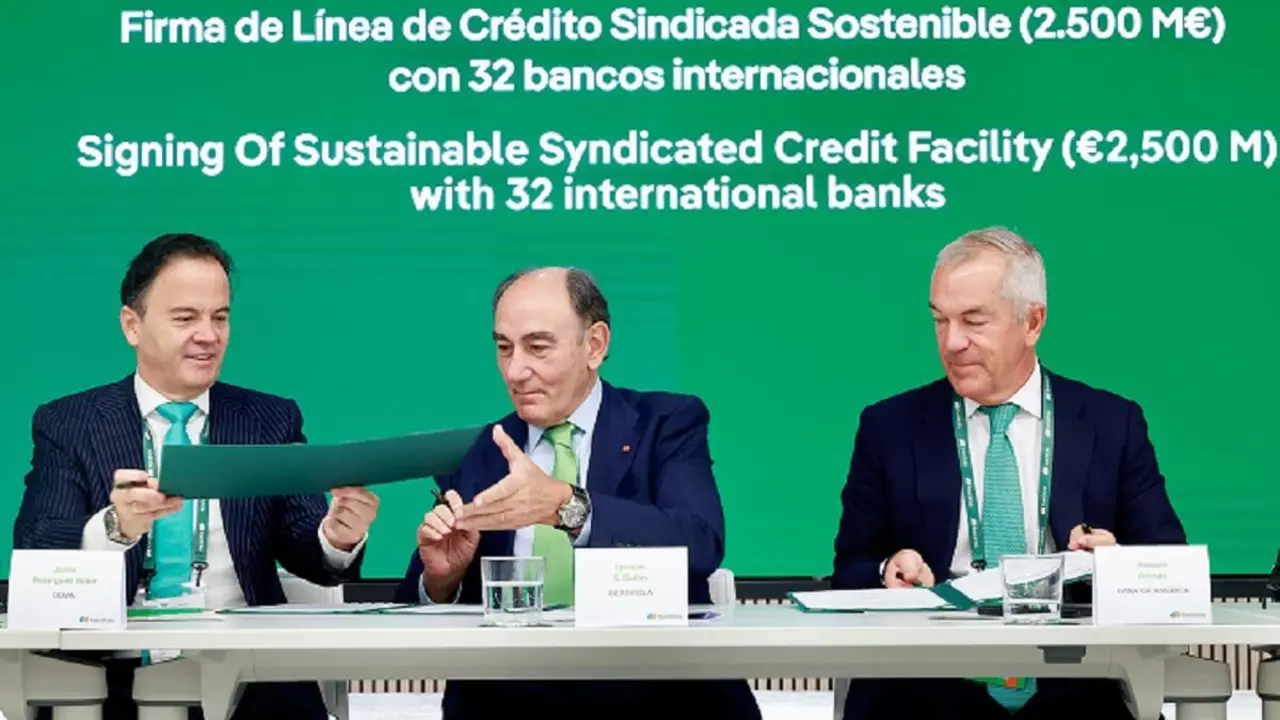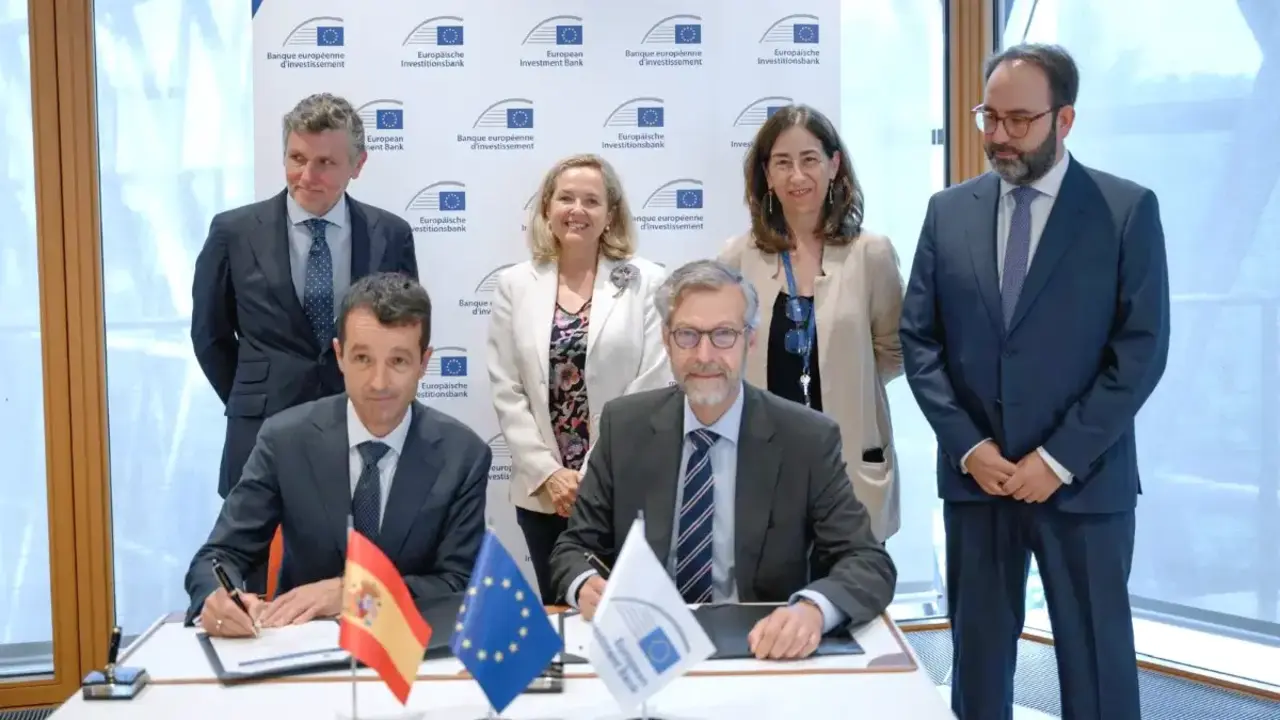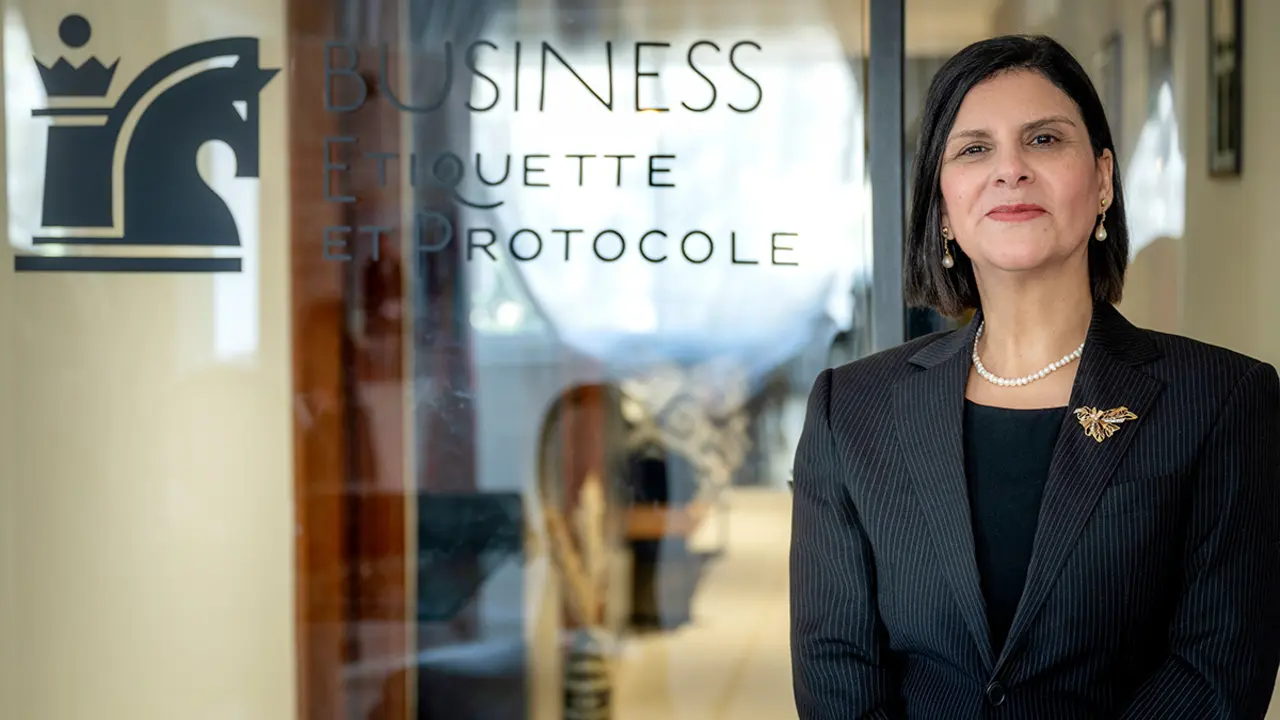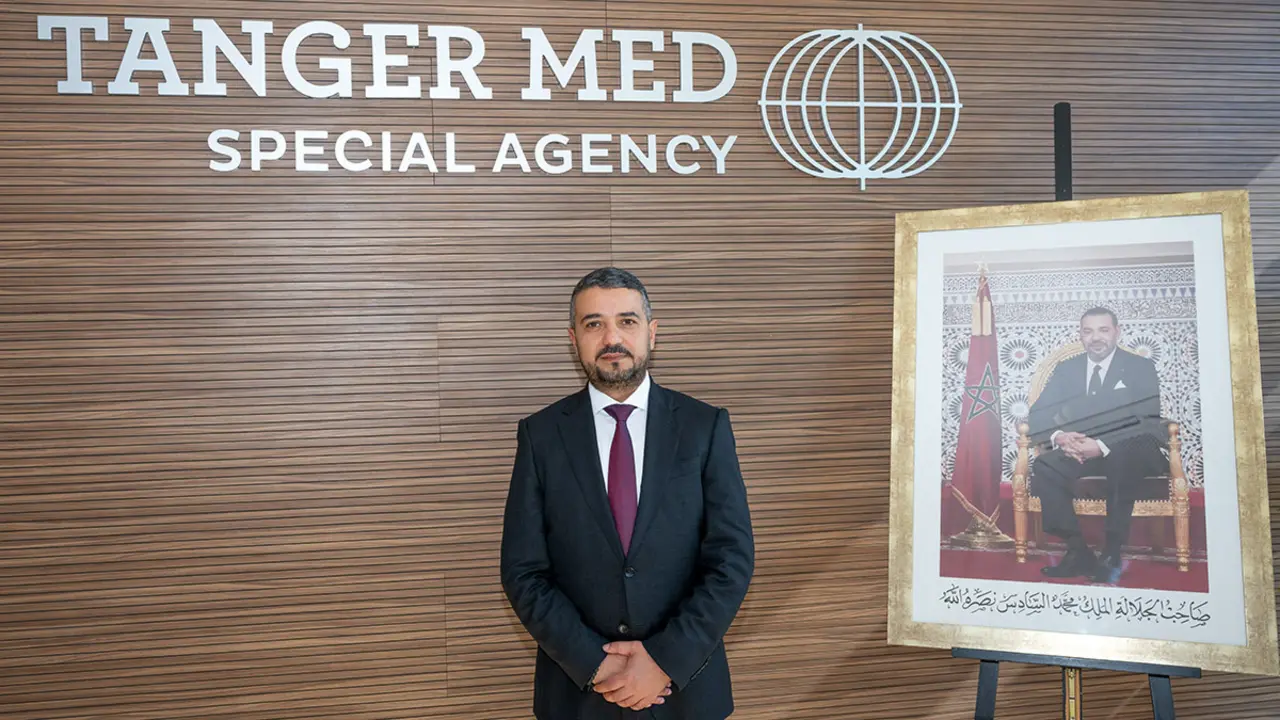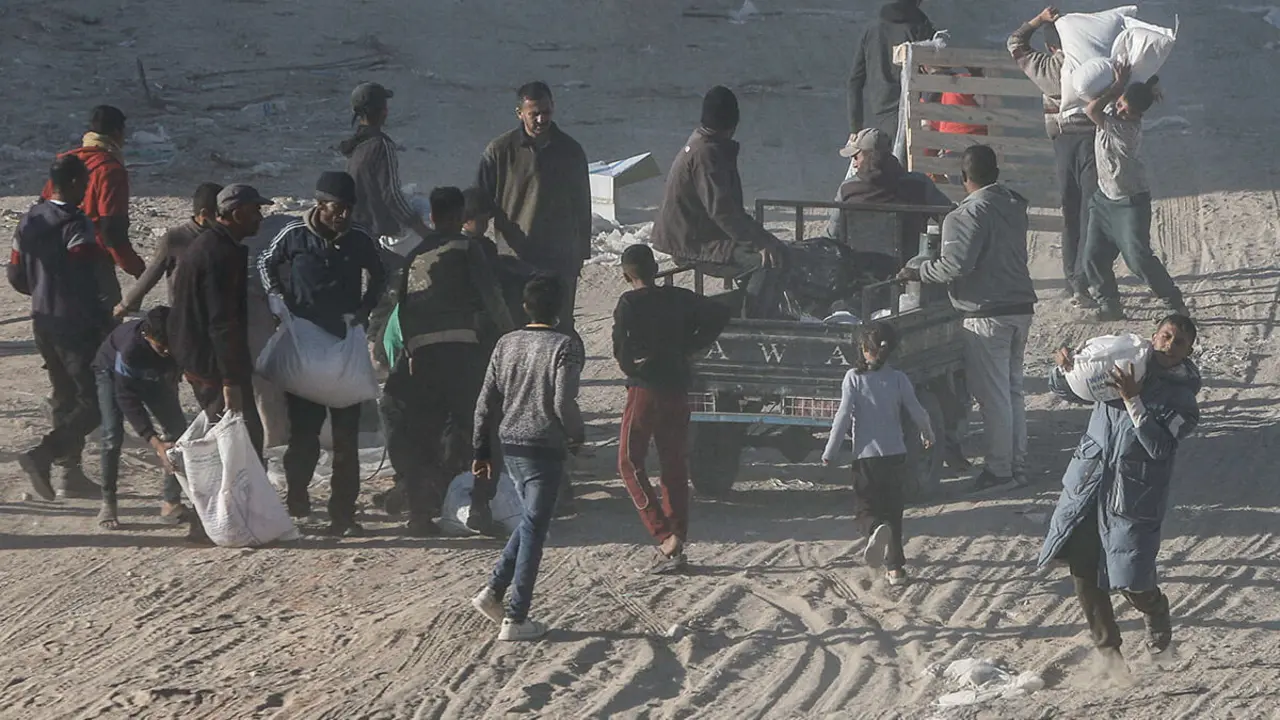The vital role of remittances in the Moroccan economy during natural challenges
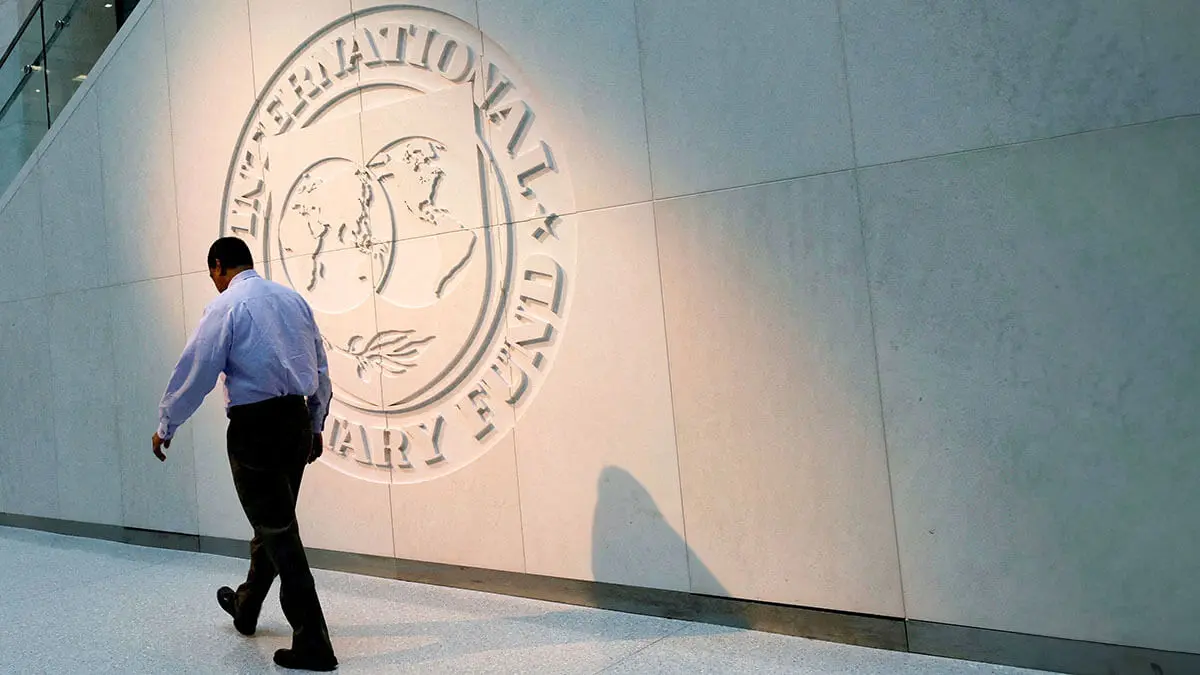
The World Bank has published a new report in the framework of Migration and Development in which it reports on the impact Morocco has had by virtue of migrant remittances, reaching new record earnings throughout 2023.
According to the report provided by Morocco World News, Morocco has ranked after Egypt as the second largest recipient of remittances in the Middle East and North Africa (MENA) region. Remittances increased by 5.2% to 11.8 billion dollars last year.
Moreover, it is important to mention that remittance receipts in Morocco have consistently exceeded foreign direct investment (FDI) flows and constitute a vital part of the Moroccan economy, accounting for 8.2% of the country's GDP.
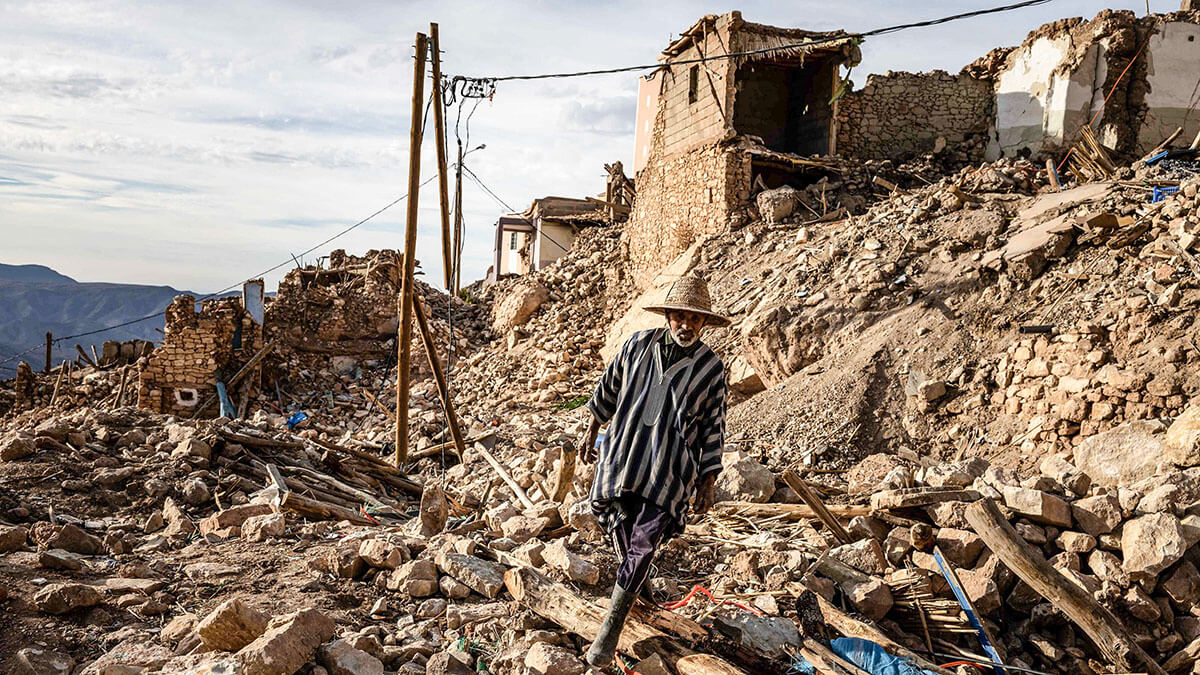
In the aftermath of the 2023 Al Haouz earthquake, the pace of Moroccan remittances abroad has remained stable throughout the year.
Nine months after the natural disaster, the Moroccan people have a long road to recovery, and the reconstruction programme is expected to be costly and complex.
As the humanitarian aid and development agency Islamic Relief argues, the need for increased investment in improving the conditions for communities to recover from natural disasters is of paramount importance.
The efforts we are seeing highlight the country's concern about its particular vulnerability to natural emergencies such as earthquakes, droughts and landslides, which are likely to increase due to climate change.
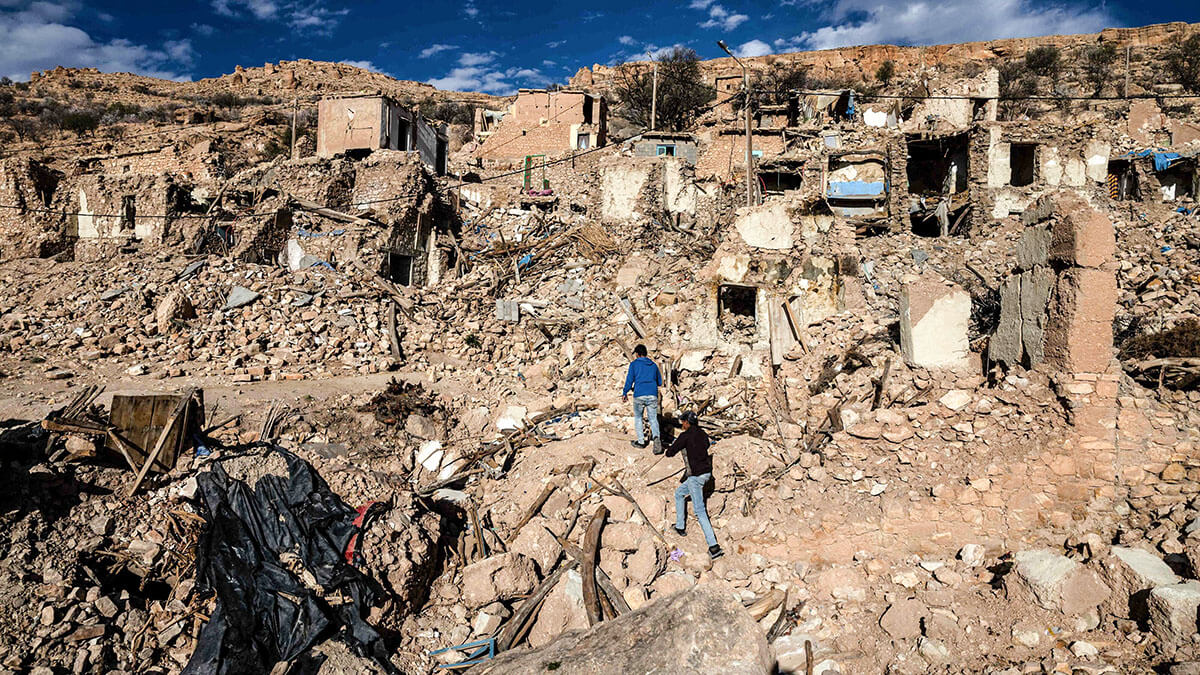
Morocco's recovery efforts are consistent with studies showing the counter-cyclical nature of remittance flows, which tend to increase due to the occurrence of natural disasters in migrants' countries of origin.
Looking ahead, the World Bank report indicates that the prospects for remittances to the MENA region will be affected by the difficult situation in oil-importing countries such as Morocco.
However, it is pertinent to note that during 2024, flows to the region are expected to recover by 4.3%. The average cost of sending 200 dollars to the region was 5.9%, down from 6.7% the previous year.

Morocco has made significant progress in recent years to improve remittance channels, financial inclusion and access to digital transfers.
Importantly, these long-term efforts are in line with the implementation of the country's New Development Model, which aims to strengthen the role of remittances in driving economic and social development.
Despite this progress, challenges remain in terms of further reducing remittance costs to reach the 3% target of the UN Sustainable Development Goals, increasing awareness and adoption of digital remittance methods and expanding access points, especially in rural areas. Nonetheless, continued efforts are geared towards steady improvement that will continue to strengthen the economy and financial inclusion in Morocco.

